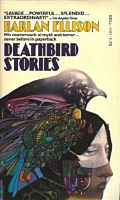Dracula: From Script to Screen
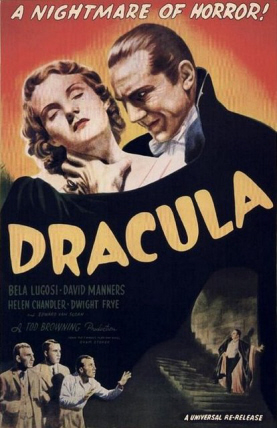 Dracula by Bram Stoker frequently vies with The Maltese Falcon by Dashiell Hammett as my favorite book.
Dracula by Bram Stoker frequently vies with The Maltese Falcon by Dashiell Hammett as my favorite book.
Both stories are archetypes of their genres and despite endless imitations, almost every attempt to emulate the originals falls wide of the margin.
The current vogue for Twilight and its many imitations may be the worst misinterpretation of Stoker’s classic yet, despite its enviable success among pre-pubescent girls (and their emotional equals). The ignorance of most Twilight fans as to how their heroine earned her first name led me to revisit the seminal Universal Horror, Tod Browning’s Dracula (1931) starring Bela Lugosi in an iconic performance that did much to secure Stoker’s novel its hard-won place of acceptance as a literary classic.
The resulting film owed much to the stage plays which took the West End and Broadway by storm during the Roaring Twenties.
Film historian David Skal has gifted the world with several excellent books and DVD bonus features and commentaries chronicling this once untapped goldmine’s transition from page to stage to screen.
Film buff Philip J. Riley has done one better (actually twice better) by sharing with film lovers not one, but two volumes collecting the various story treatments and screenplay drafts that were languishing in Universal’s files for decades.
 Okay, writers. Let’s say you have a short story idea or two, but you don’t know the best way to write it. Some sage writers with some sales under their belts tell you that you Must Outline. Other wisened authors tell you to just, “Go where the story takes you,” that you shouldn’t outline at all.
Okay, writers. Let’s say you have a short story idea or two, but you don’t know the best way to write it. Some sage writers with some sales under their belts tell you that you Must Outline. Other wisened authors tell you to just, “Go where the story takes you,” that you shouldn’t outline at all. “Clowns, without a doubt.”
“Clowns, without a doubt.”
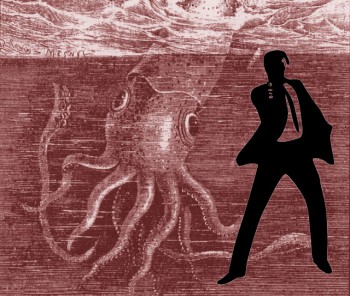 Mania, my dear Mister Bond, is as priceless as genius.
Mania, my dear Mister Bond, is as priceless as genius.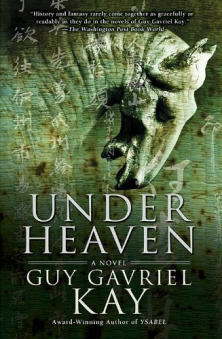
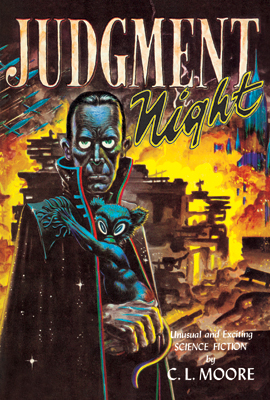 Famed with her husband Henry Kuttner for turning out superlatively compelling and complex stories for the pulps, both jointly and singly, Catherine Moore began writing in 1933.
Famed with her husband Henry Kuttner for turning out superlatively compelling and complex stories for the pulps, both jointly and singly, Catherine Moore began writing in 1933.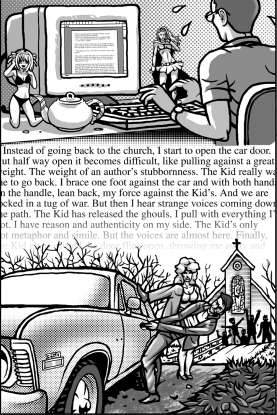 It’s hard to be a modern hero. Especially when the author can’t make up his mind.
It’s hard to be a modern hero. Especially when the author can’t make up his mind.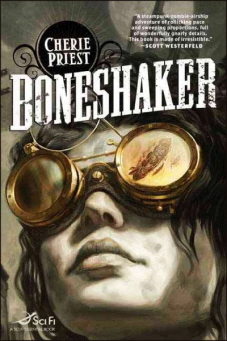 The 2010 Locus Awards winners were announced today, at the annual Science Fiction Awards Weekend in Seattle. The winners include:
The 2010 Locus Awards winners were announced today, at the annual Science Fiction Awards Weekend in Seattle. The winners include: